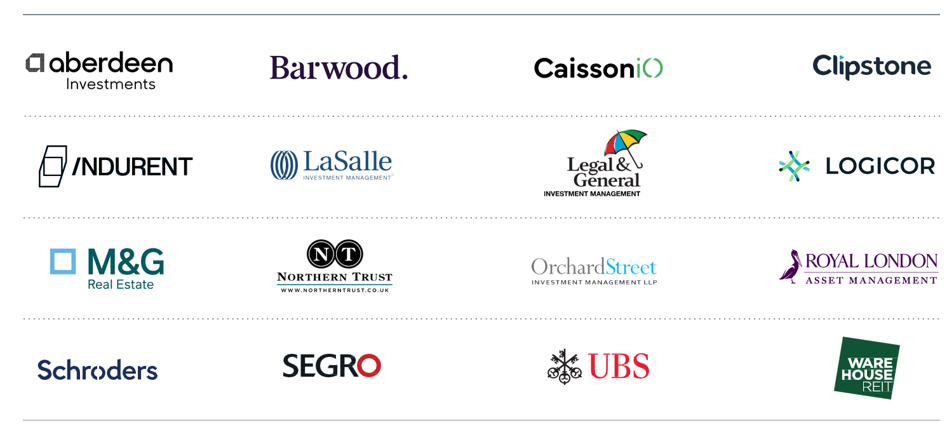The UK multi-let industrial market enters H2 2025 amid a complex combination of sector resilience and economic uncertainty. Following the third-highest annual industrial investment volume on record in 2024, deal activity slowed sharply in H1 2025 due to persistent geopolitical headwinds and sustained caution in direct real estate markets. Nevertheless, industrial total returns have returned to double digits, supported by stabilising yields and ongoing rental growth. Debt markets are improving, with higher LTVs and tighter margins aiding deployment. A pick-up in transaction volumes is widely anticipated in the final quarter, underpinned by income growth that will continue to support industrial’s outperformance over the other major property sectors.
Occupier fundamentals for multi-let remain sound, supported by a resilient mix of demand across retail, manufacturing, logistics and SMEs. Multi-let rental growth continues to outperform other sectors, though the pace has moderated. After London’s rapid gains in 2021-22 the cycle has become more regionally balanced, with the Rest of UK outperforming London & the South East for a second consecutive year in 2024. Polarisation persists, with prime ERVs significantly above the broader market, offering headroom for good quality secondary rental growth. High reversion is now being captured, especially in the South East, North West and the Midlands.
Vacancy ticked up again as expected in 2024, with the sharpest increases in London and the South East to around 12%. Inner London remains the most affected, with arguably the most stretched affordability. Void rates outside the South East have been more contained and edged out to around 10%. Typical multi-let occupier costs have increased up to 60% since 2019, but the proportion devoted to rent has fluctuated as staffing and utilities outlays have also risen dramatically. Financial strain is acute, but suitable floorspace remains scarce. Thus, despite rising UK insolvencies, the multi-let default rate was a near-record low 1.5% in 2024.
With little new development and limited lease churn, vacancy is expected to plateau after 2025. Rental growth is forecast to trough in 2025/26 before recovering gradually. The North West, Midlands, and South East are expected to lead the next phase of regional outperformance, supported by tight supply, resilient demand and relatively accessible pricing. Meanwhile, landlords continued to make tangible EPC progress in 2024, and the proportion of grade C-and-below-rated space continues to decline. Grade B is the dominant refurbishment target due to its balance of feasibility and future-proofed regulatory compliance.
























